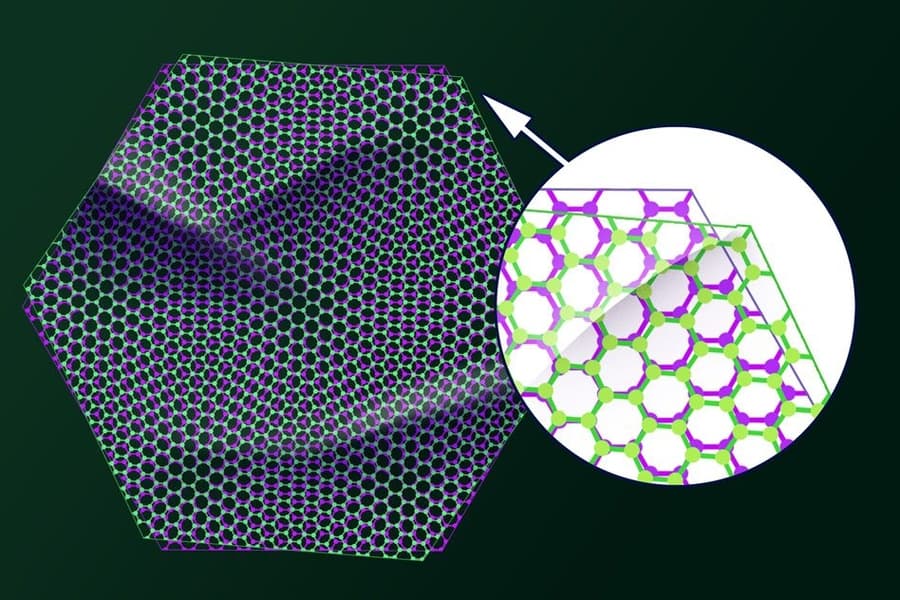In the realm of physics, the electron has long stood as a fundamental unit, carrying a single negative charge crucial for electricity. However, recent discoveries have plunged this understanding into a realm of wonder, revealing that electrons can split into fractional charges under certain conditions. This quantum anomaly, known as the “fractional quantum Hall effect,” has been witnessed only a few times, typically requiring immense magnetic fields to manifest.
This five-layer graphene is a material system where many good surprises happen.
MIT physicists have now observed this fractional charge effect in a surprisingly simple setup: five layers of graphene, a material derived from graphite. This configuration allows electrons to exhibit fractional charges without the need for external magnetic fields, marking a significant departure from previous observations.
Graphene, known for its exceptional properties even in single layers, has shown an even more intriguing behavior when arranged in a five-layered structure. This arrangement, similar to steps on a staircase, creates the right conditions for electrons to slow down, interact, and consequently, fractionalize their charges. This discovery not only deepens our understanding of quantum physics but also opens up new possibilities for fault-tolerant quantum computing, as these fractional charges could potentially serve as more robust qubits.
The discovery is groundbreaking, particularly because graphene was not previously expected to exhibit such quantum phenomena. The observation of the fractional quantum anomalous Hall effect in graphene introduces a new dimension to the material’s versatility, including its potential as a superconductor.
This research, supported by the Sloan Foundation and the National Science Foundation, continues to explore the myriad electronic states possible within multilayer graphene structures. The implications of these findings are vast, suggesting that graphene could play a central role in the development of next-generation quantum technologies.
The original article can be found in the Nature Journal. Courtesy MIT news.













Responses (0 )